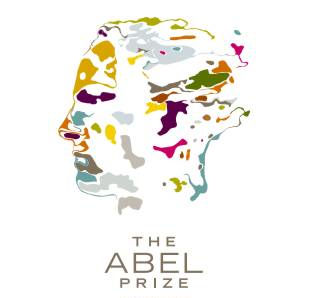| Abel Prize For Proving Fermat's Last Theorem |
| Written by Mike James | |||
| Monday, 21 March 2016 | |||
|
In 1994 Andrew Wiles proved Fermat’s Last Theorem, which at the time was the most famous, and long-running, unsolved problem in the history of mathematics. Over 20 years later this achievement has earned him the Abel Prize, widely considered as the Nobel Prize for mathematics.
The Norwegian Academy of Science and Letters established the Abel Prize, which is worth 6 million Norwegian kroner (approximately US$720,000, or EUR 640,000 ) in 2002 to recognize contributions of extraordinary depth and influence to the mathematical sciences. This year it has been awarded to Sir Andrew J Wiles: “for his stunning proof of Fermat’s Last Theorem by way of the modularity conjecture for semistable elliptic curves, opening a new era in number theory”. The Abel Committee is made up of five research scientists in the field of mathematics, both Norwegian and non-Norwegian. Its members of the Abel Committee are appointed for a period of two years and may be reappointed once. Commenting on the decision for this year's award the Abel committee stated: “Few results have as rich a mathematical history and as dramatic a proof as Fermat’s Last Theorem.” As the Abel Prize press release points out Andrew Wiles, who is currently Royal Society Research Professor at the University of Oxford, of is one of very few mathematicians – if not the only one – whose proof of a theorem has made international headline news. Wiles’ proof was not only the high point of his career – and an epochal moment for mathematics – but also the culmination of a remarkable personal journey that began three decades earlier. In 1963, when he was a ten-year old boy growing up in Cambridge, England, Wiles found a copy of a book on Fermat’s Last Theorem in his local library. Wiles recalls that he was intrigued by the problem that he as a young boy could understand, and yet it had remained unsolved for three hundred years. “I knew from that moment that I would never let it go,” he said. “I had to solve it.”
Wiles is, of course, not the first to get a passion for the theorem. There have been lots of naive and even wrong potential proofs of Fermat's last theorem. One of the reasons is that it is so accessible: there are no non-trivial positive integer solutions to:
for n greater than 2. If n=2 then you have Pythagoras' theorem and there are lots of solutions - an infinite number of Pythagorean triples like 3,4,5. However, no similar examples were known for n>2. Fermat also encouraged people to think that a proof was easy by writing the margin of a book in 1637: “I have a truly marvellous demonstration of this proposition which this margin is too narrow to contain,” The chances are that the great Fermat was wrong about having a proof, even if it was too big for a margin. Wiles's proof consists of two papers that fill an entire issue of the Annals of Mathematics. This is not to say that no progress was made in the 300 years before the completion of Wiles's proof - Fermat did prove it for n=4, Euler managed it for n=3 and Sophie Germain pointed the way to the proof for n in an infinite class of primes. Even before the final proof it looked fairly certain that the conjecture was true. Notice, however, that you can only use a computer to disprove the conjecture by finding a counter example for n>2. The final proof relied on elliptic curve theory, which is also important in elliptic curve cryptography. The connection is that: if there is a solution a, b, c for n an odd prime then:
is a special type of elliptic curve that does not have a modular form. Wiles' proof shows that elliptic curves of the above form always have a modular form and hence we have proof by contradiction that no such solution exists.
|
Get Ready For Google Summer Of Code 2025 24/01/2025 2025 will be the 21st consecutive year of Google Summer of Code and the 4th year in which it will accept anybody aged 18 years and over who is a newcomer to open source software. As us [ ... ] |
Patch Android Vulnerabilities With Google's Vanir 04/02/2025 Vanir is a new security patch validation tool made available for Android by the Google Open Source Security Team. |
More News
|
Comments
or email your comment to: comments@i-programmer.info




